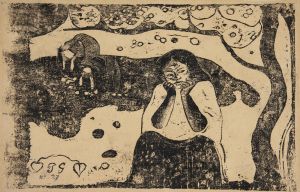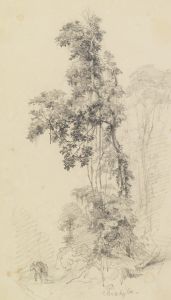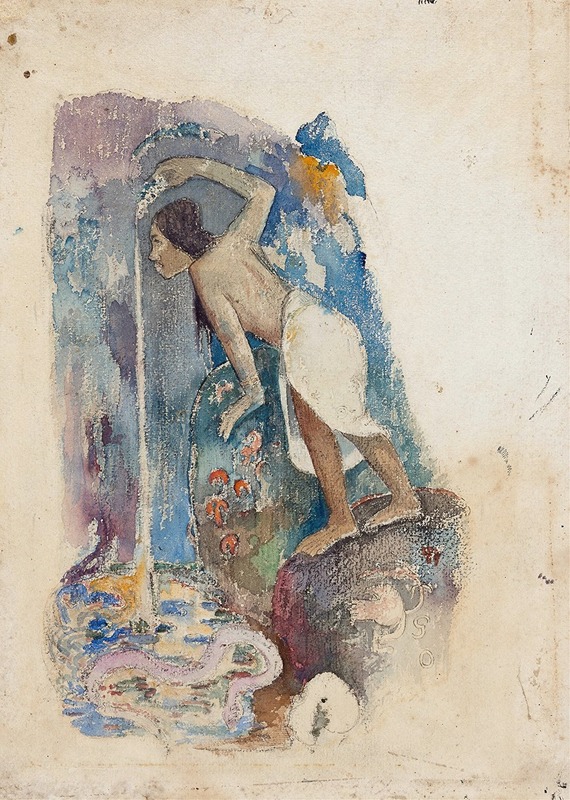
Pape moe
A hand-painted replica of Paul Gauguin’s masterpiece Pape moe, meticulously crafted by professional artists to capture the true essence of the original. Each piece is created with museum-quality canvas and rare mineral pigments, carefully painted by experienced artists with delicate brushstrokes and rich, layered colors to perfectly recreate the texture of the original artwork. Unlike machine-printed reproductions, this hand-painted version brings the painting to life, infused with the artist’s emotions and skill in every stroke. Whether for personal collection or home decoration, it instantly elevates the artistic atmosphere of any space.
Paul Gauguin's painting Pape moe (translated as "Mysterious Water" or "Sacred Spring") is an oil-on-canvas work created in 1894. The painting is part of Gauguin's Tahitian period, during which he sought to capture the culture, landscapes, and people of French Polynesia. This period was marked by Gauguin's fascination with what he perceived as the unspoiled and spiritual nature of Tahitian life, though his interpretations were often filtered through a European lens.
Pape moe depicts a serene scene of a young woman kneeling by a stream, cupping water in her hands. The figure is surrounded by lush tropical vegetation, and the composition is imbued with a sense of tranquility and mysticism. The title, which incorporates the Tahitian word "pape" (water), reflects Gauguin's interest in the spiritual and symbolic significance of natural elements in Polynesian culture.
The painting is notable for its use of vibrant colors and simplified forms, hallmarks of Gauguin's post-Impressionist style. Gauguin often employed bold, flat areas of color and strong outlines to emphasize the emotional and symbolic content of his works. In Pape moe, the interplay of light and shadow, combined with the rich hues of the landscape, creates a dreamlike atmosphere that invites viewers to contemplate the connection between humanity and nature.
Gauguin's time in Tahiti was marked by a complex relationship with the local culture. While he sought inspiration from the island's traditions and environment, his works often reflected a romanticized and exoticized view of Polynesia, shaped by his own artistic and personal preconceptions. This has led to ongoing discussions about the cultural and ethical implications of his work.
Pape moe is housed in the Museum of Fine Arts in Boston, Massachusetts. It remains an important example of Gauguin's exploration of non-Western themes and his contribution to the development of modern art. The painting continues to be studied and appreciated for its aesthetic qualities and its role in the broader context of Gauguin's artistic legacy.





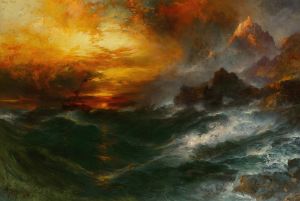
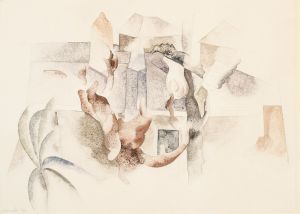
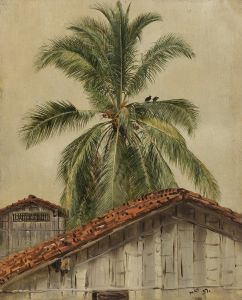
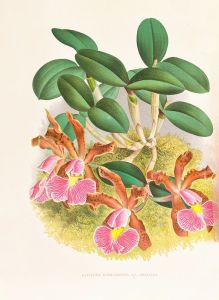
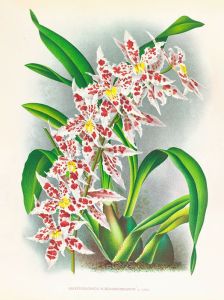
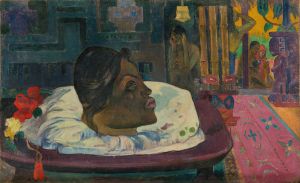
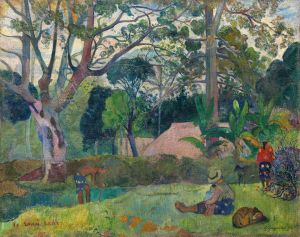
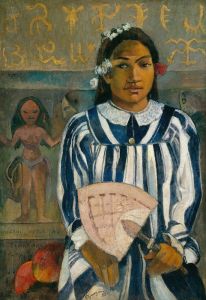
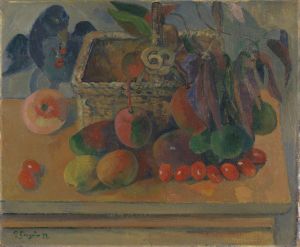
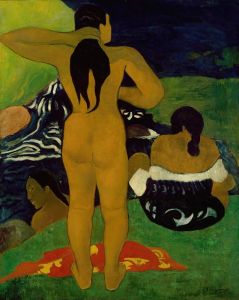
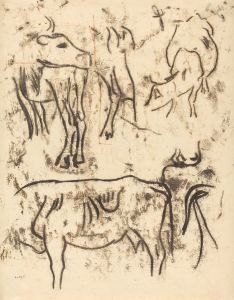
![Eve [‘The Nightmare’]](/imgs/245562/s/paul-gauguin-eve-the-nightmare-bcae2b7f.jpg)
